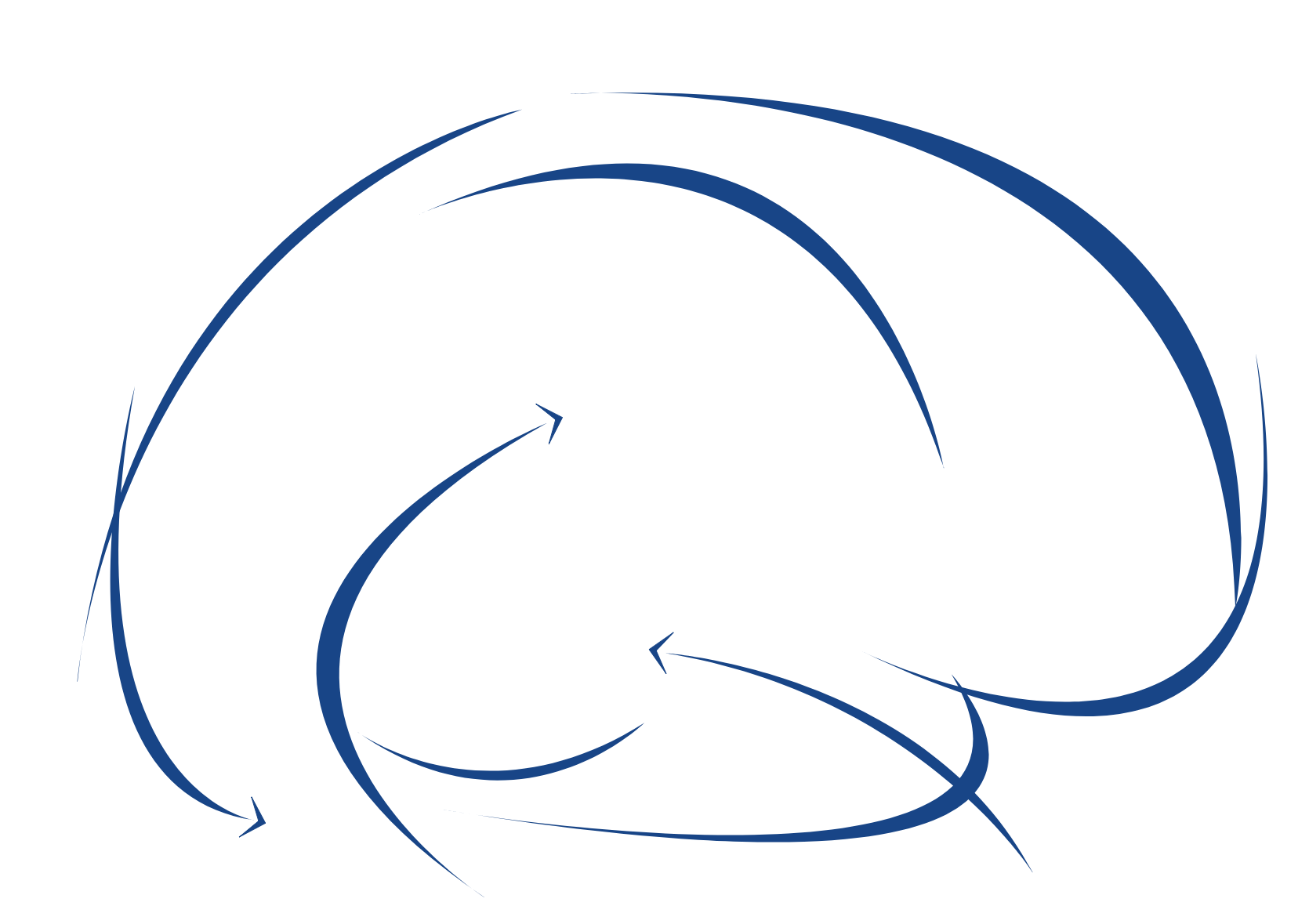Maria Chait | How the brain discovers predictable structure within rapidly unfolding sensory signals – evidence from human auditory cortex
Professor of Auditory Cognitive Neuroscience
Lab site: http://www.ucl.ac.uk/ear/research/chaitlab/
UCL Ear Institute, London
Abstract:
I will present ongoing work in my lab using brain imaging (EEG, MEG and fMRI), behavioural and eye-tracking (pupillometry) experimentation to reveal how human listeners discover patterns and statistical regularities in rapid sound sequences. Sensitivity to patterns is fundamental to sensory processing, in particular in the auditory system, and a major component of the influential ‘predictive coding’ theory of brain function. Supported by growing experimental evidence, the ‘predictive coding’ framework suggests that perception is driven by a mechanism of inference, based on an internal model of the signal source. However, a key element of this theory - the process through which the brain acquires this model, and its neural underpinnings – remains poorly understood. Our experiments focus on this missing link. The research approach, based on measuring behavioural and brain responses to rapid sound sequences governed by specifically controlled rules along a variety of feature dimensions enables us to address questions related to (1) how the brain discovers patterns in sound sequences, (2) which neural mechanisms are involved, (3) to what degree the process is automatic or susceptible to attentional state and behavioural goals of the listener.
key references:
Bianco R, Harrison PMC, Hu M, Bolger C, Picken S, Pearce MT, Chait M (in press) Long term implicit memory for sequential auditory patterns in humans, eLife
Southwell R, Chait M (2018). Enhanced deviant responses in patterned relative to random sound Sequences. Cortex 109:92-103
Heilborn M, Chait M. (2017). Great Expectations: Is there evidence for predictive coding in auditory cortex? – A critical review. Neuroscience
